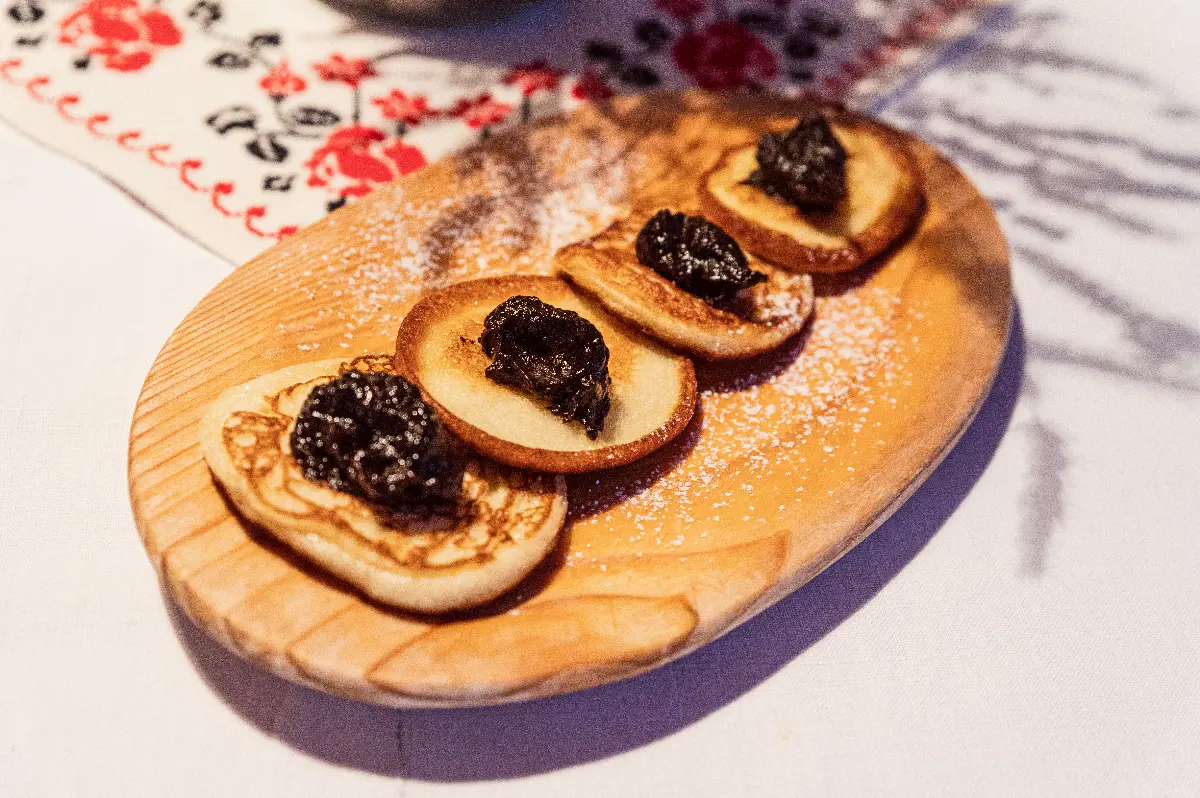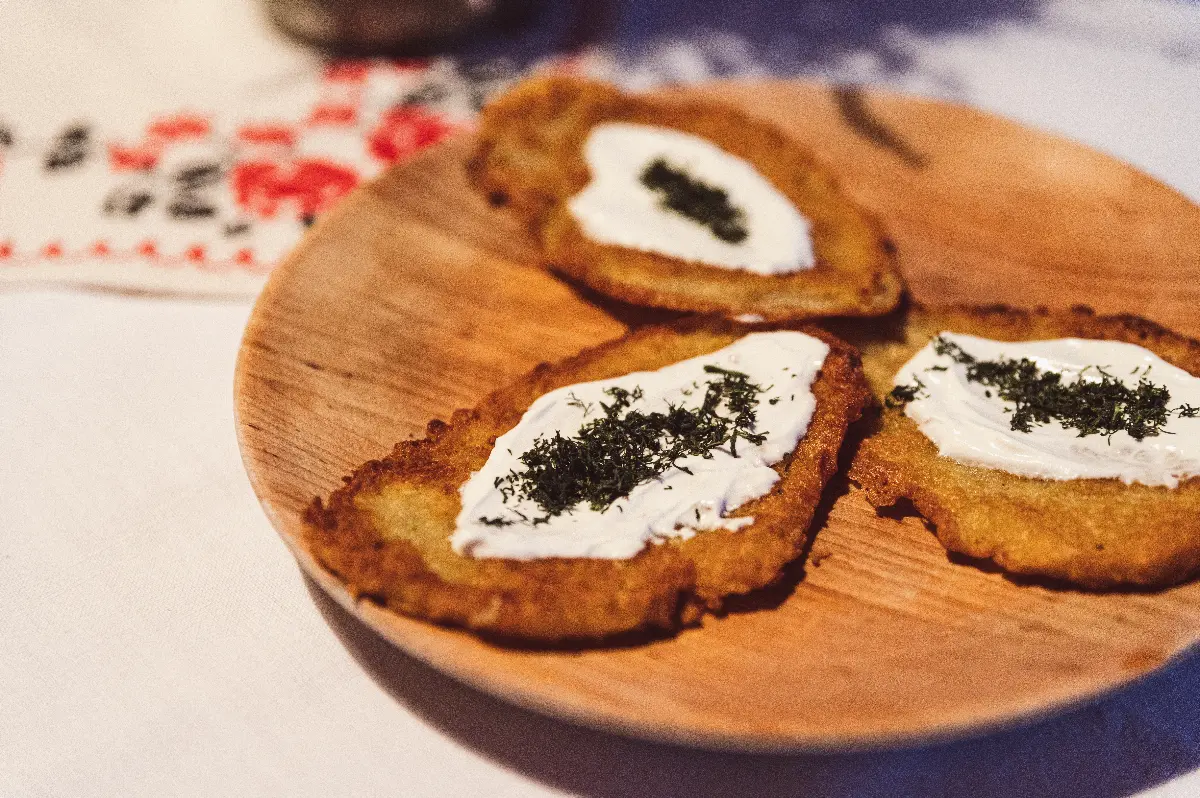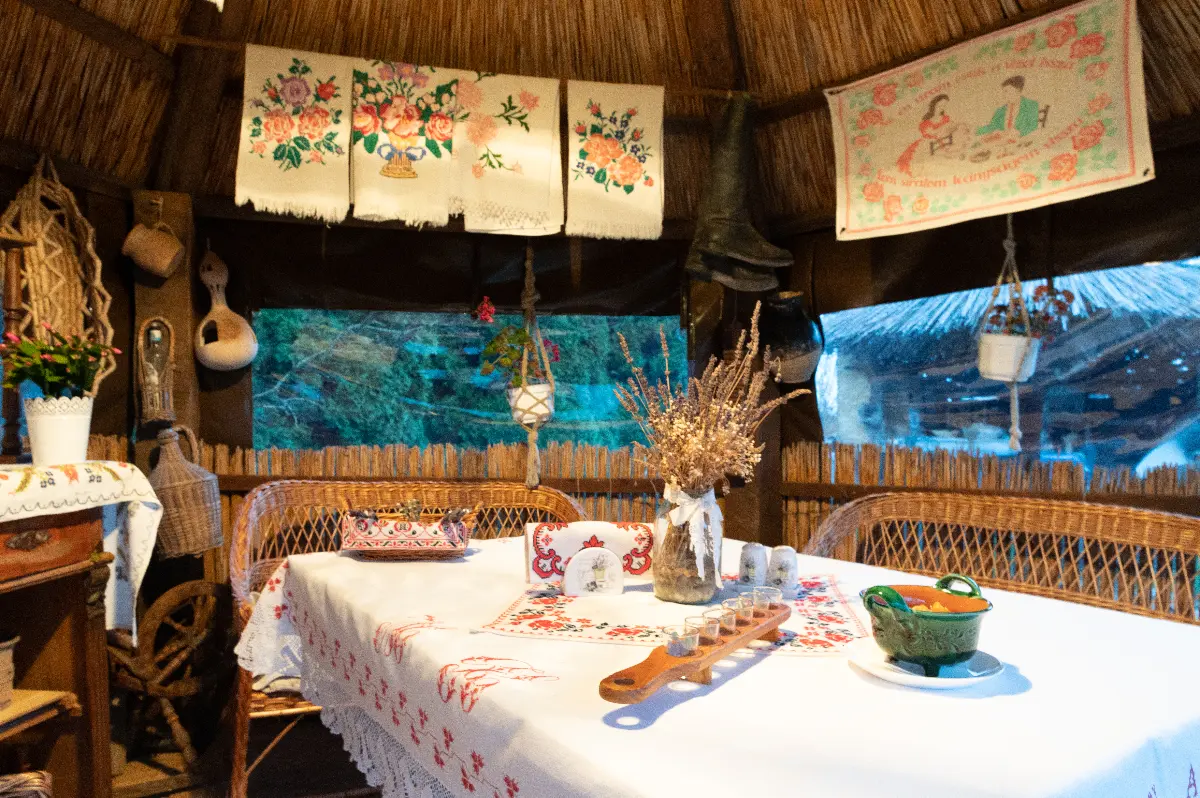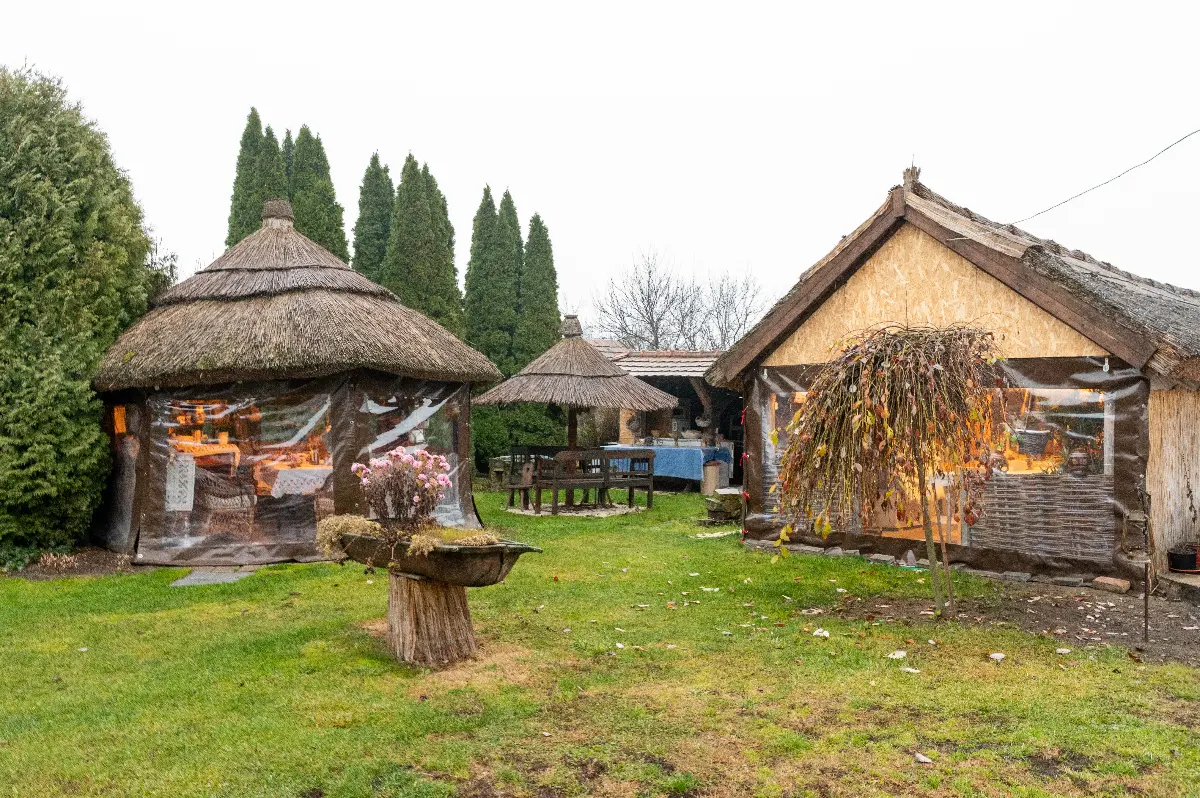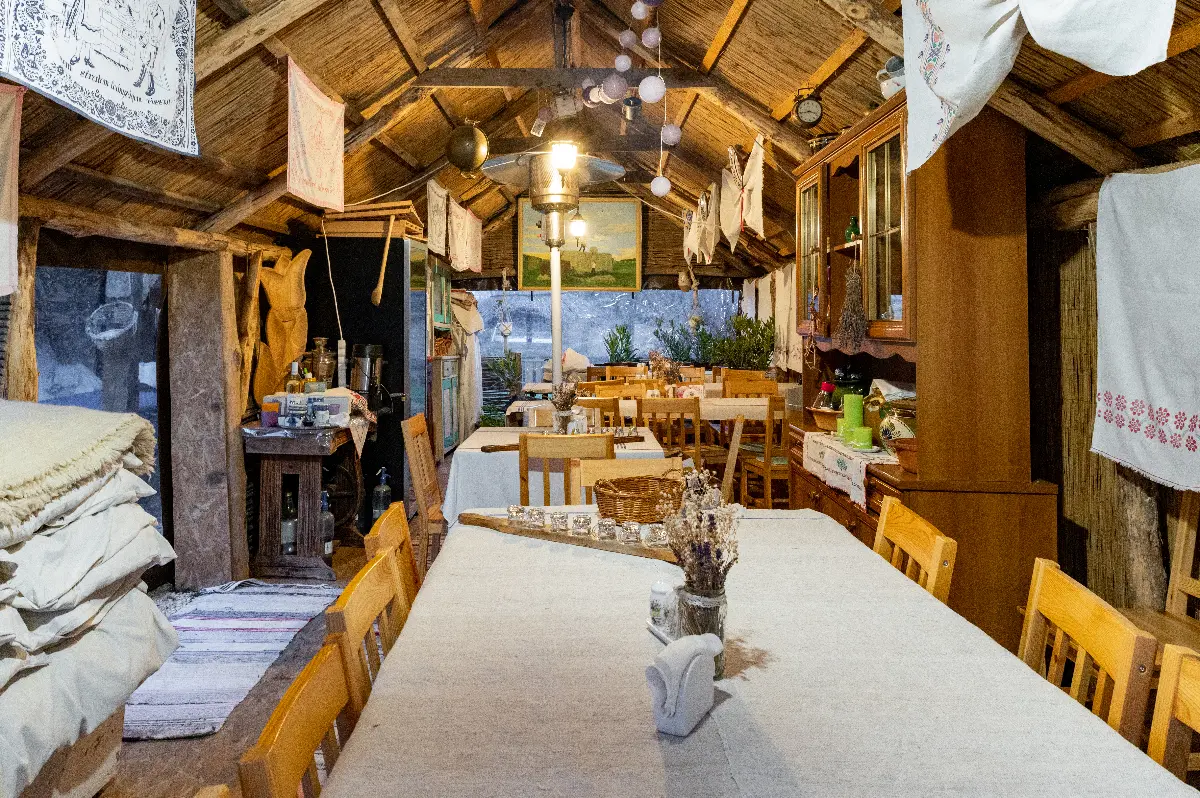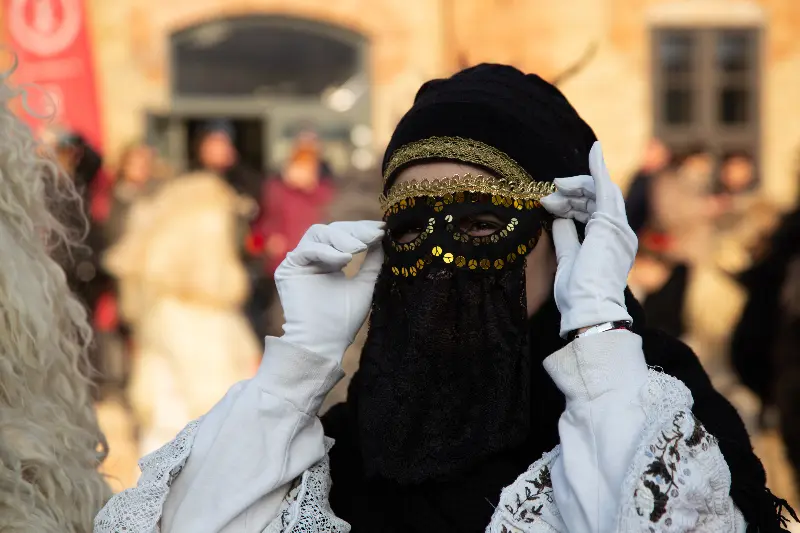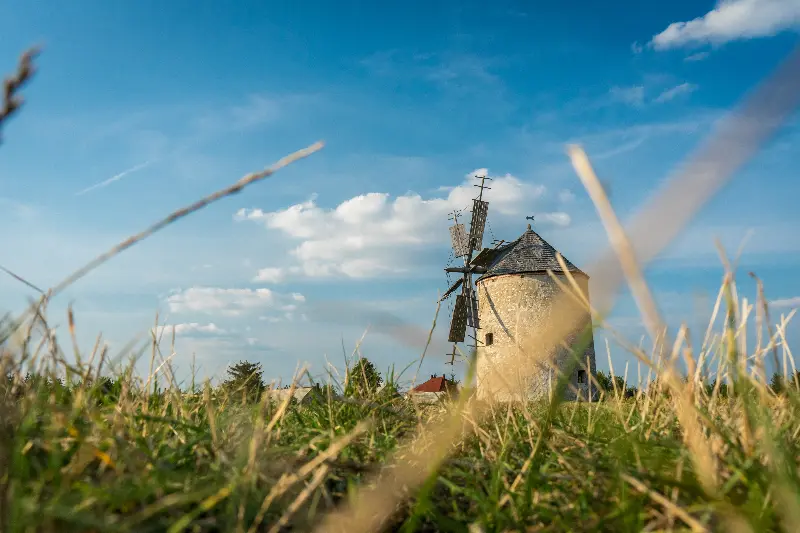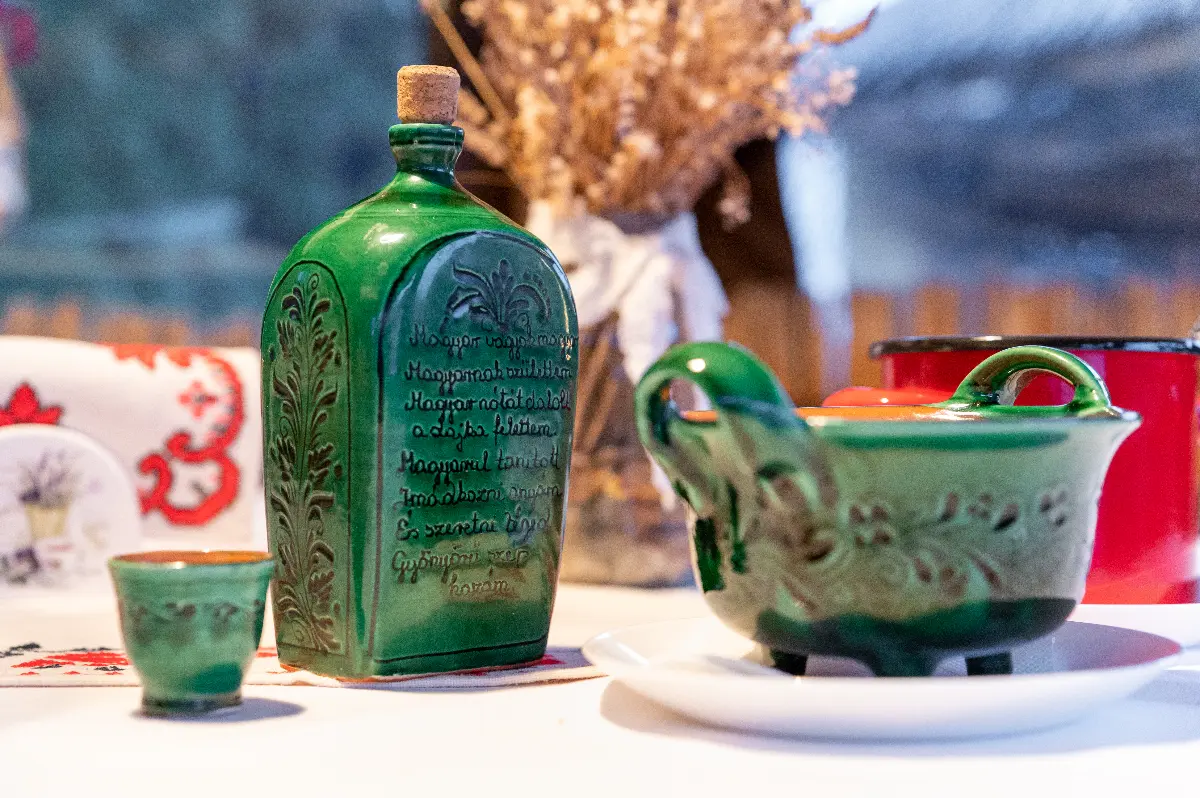
Helyszín címkék:
A laid table in Szatmár
Méhész Zsuzsa
Local hospitality
Before we turn to the gastronomy of Szatmár and the dishes, ingredients and characteristics, we must mention the kindliness that makes local people similar to the Bedouin: the closest thing to the desert people is that they give one hundred percent attention to the guest, in every detail. I'm wrong: at Noma, considered the best restaurant in the world, it's a basic principle that the lucky ones who getting maximum attention. As the guest is escorted to their table, work in the kitchen stops and everyone turns to him/her. The difference is that while in Noma in Copenhagen it is a company rule, in Szatmár it comes from inside, like a natural urge. Be prepared, all your resistance will be useless. We will eat and drink here. Let's look at a menu from Szatmár, as the food is called there. Let see, what is must-try for anyone visiting here.
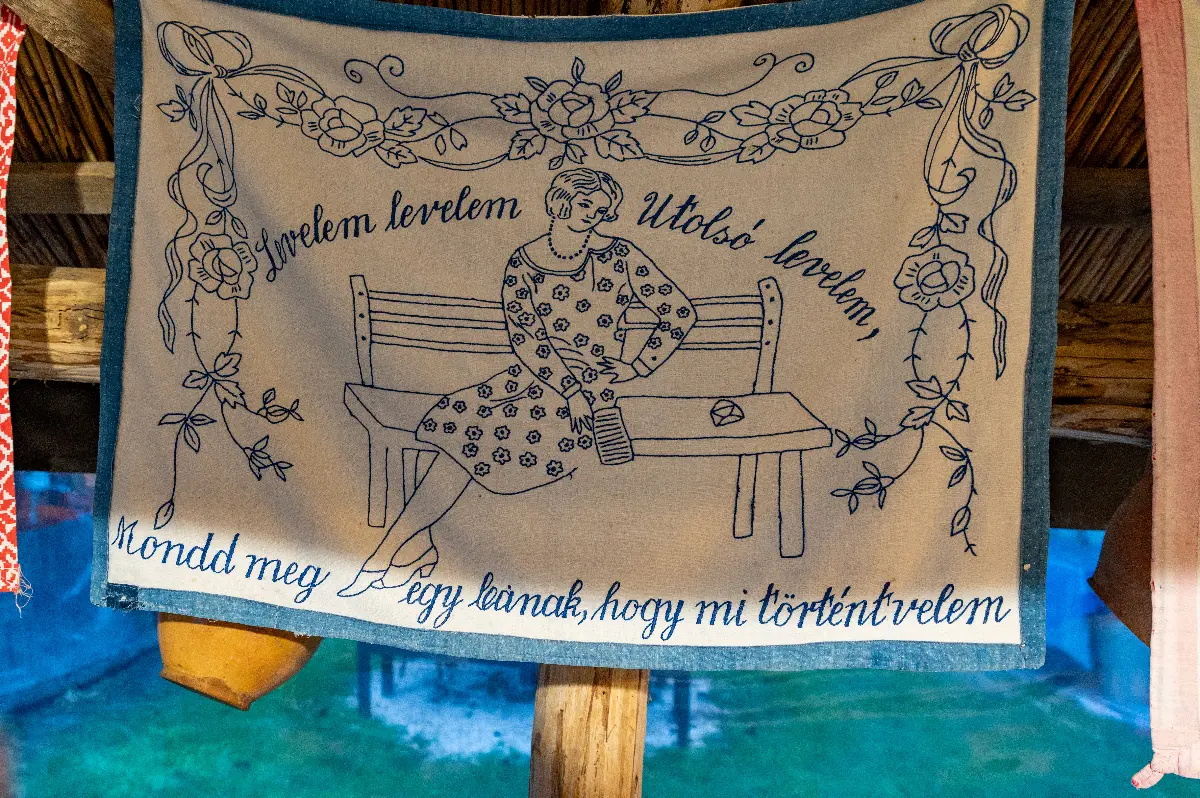
Knot noodle soup
Does everyone know that professional flick of the wrist that grandmothers are using to add another spoonful to our soup after we vehemently protest about the amount? Knitted soup is a simple, peasant dish: it consists of a knot of homemade pasta greased with onion and cooked in a potato and vegetable base.
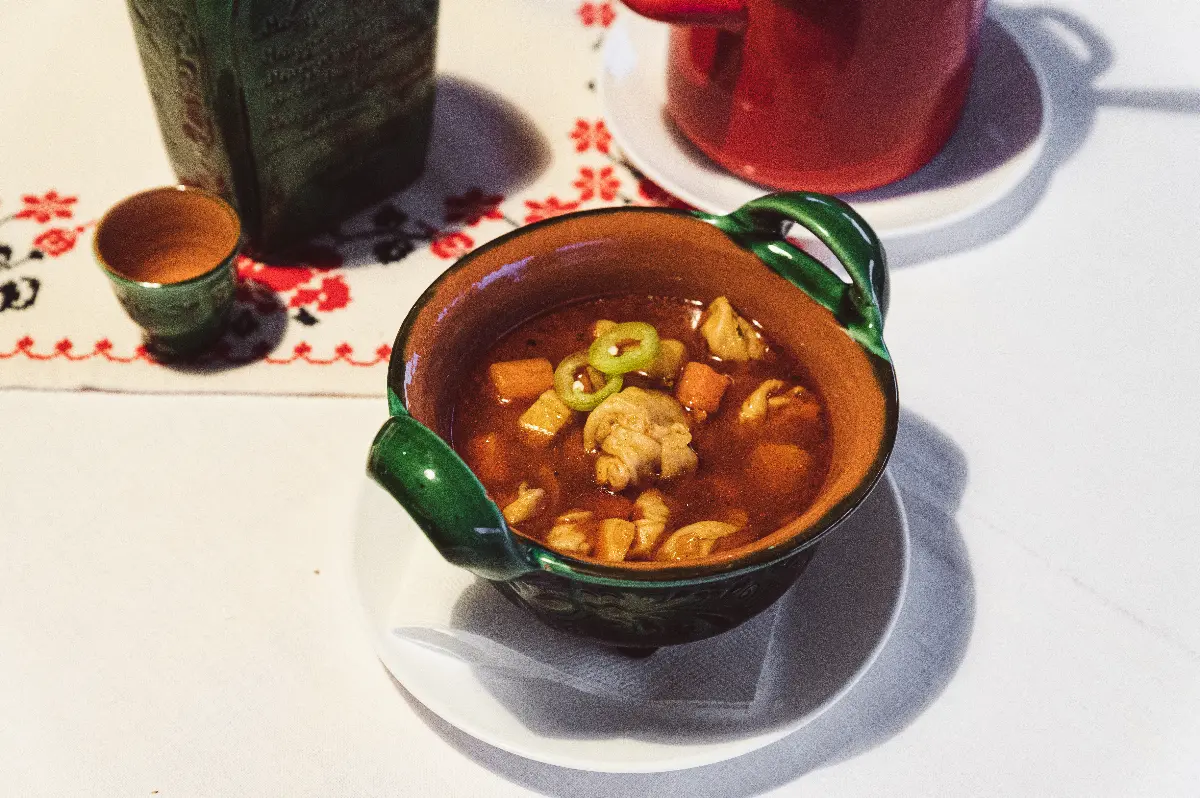
Beans with cabbage and mashed beans
Bean soup is made with cabbage and smoked meat. Mashed bean is a brutally simple but very filling bean puree, the hummus of the local people.
Puliszka or the Hungarian polenta
Maize is often used in the kitchen in Szatmár. Cooked from finely ground maize-grits, the puliszka is enriched with milk or duck liver or served on its own as a side dish. Animal rights activists shouldn't be alarmed to hear about the tit-puliszka: the lovely little bird is not included in the ingredients: it is eaten mixedwith a smooth potato and flour mixture, topped with sour cream and/or fried bacon.
Stuffed cabbage, stuffed horseradish leaves
Tiny, pretty, pointed cabbage leaves with cornmeal and minced meat instead of the usual rice filling. The cabbage is not pickled, but the fillings are covered with tomato sauce despite the recipe from Hajdúság. The stuffed horseradish leaves are almost the same, with lots of smoked meat.
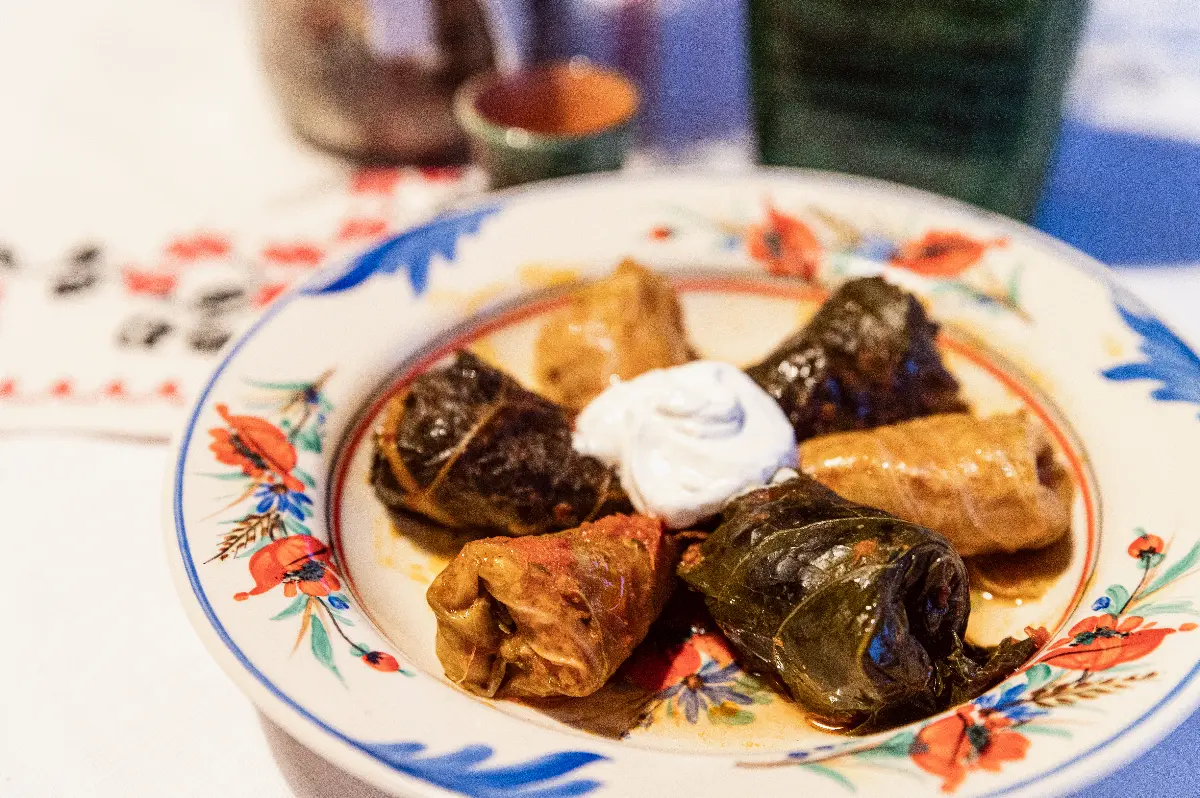
Easter Cheese
An essential ingredient of Greek Catholic Easter. It is yellow, but not cheese. The milk is thickened with eggsand shaped into a round cheese, which can be sliced after dripping and drying. It is always on the table next to the Easter ham.
Cakes, sweets, pastry
Arguably, the crispy leaf fat pastry with plum jam takes the cake. This is closely followed by the twisted doughnut, also filled with plum jam, and then the traditional rural and wedding cakes, such as the jokingly named powdered cat (a pastry filled with plum jam and sprinkled with powdered sugar) or apple pie. Of the pasta, the dirty noodle (with plum jam too) and ragged pancakes are popular. We almost skipped derelye (pelmeni with plum jam) - what a shame!
